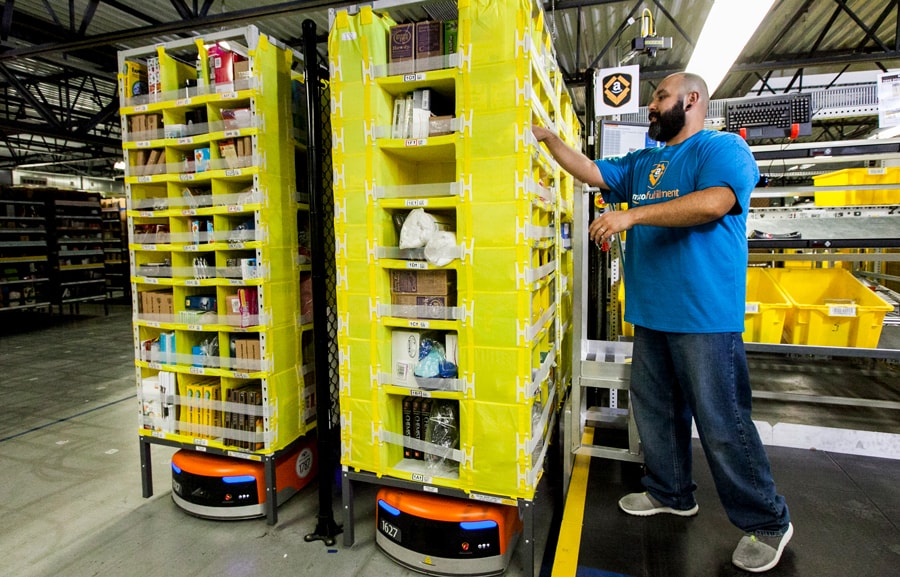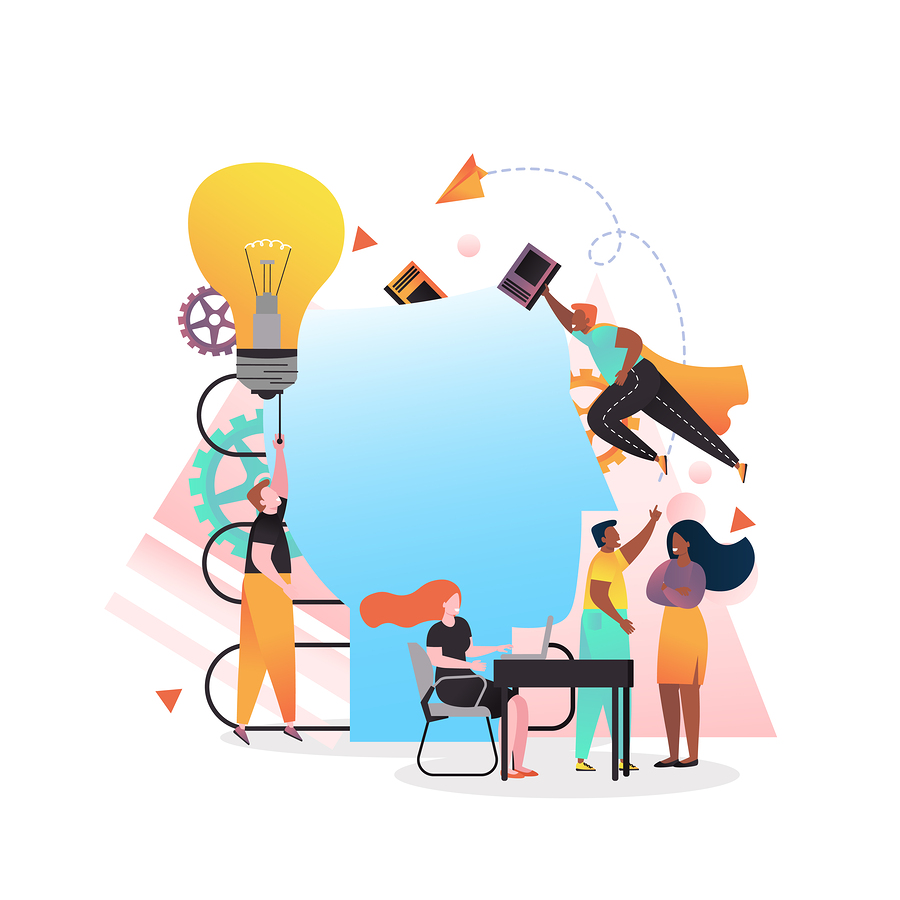In the Fourth Industrial Revolution, young people must have the capacity to continually renew themselves and be able to take charge of their learning.
Photo: Bigstock
Technological advancements are surpassing our capacity to measure their effectiveness regarding education. Models such as lateral learning and peer learning seek to close this gap by increasing stakeholder involvement and interaction during the learning process. However, evidence of their success is scarce, or their outcomes are even contrary to the desired effect. We live in times in which education and learning are diverging, with the use of technology being one of the most disruptive factors (Kao, 2018).
Learning opportunities are growing and becoming increasingly diverse, while opportunities to receive a valuable, accredited education are lagging. This discrepancy invites us to reflect: What is a school? Who is a teacher? What should a learning ecosystem look like?
Furthermore, the skills gap between our current capabilities and those we will need to face the Fourth Industrial Revolution (4IR) affects the evolutionary direction of higher education. Future professionals are expected to have long professional careers in up to 20 different jobs. Faced with this scenario, Suzanne Fortier, principal of McGill University, put forward the following challenges that need to be addressed in higher education:
-
Prepare students to renew their skills every 3 to 5 years
-
Prepare students to be ready for the workforce (short-term vision)
-
Prepare students to be ready for the future (long-term vision)
To face these challenges, the strategies designed by universities will have a greater chance of success if they consider multiple stakeholders, including students, teachers, parents, researchers, companies and the government. These stakeholders and educational institutions need to join forces to build coalitions that will serve common objectives (Ogan, 2018).
Regarding how to deal with these challenges, Ann Marie Mettler, Head of Political Strategy of the European Commission, states that we must “become less obsessed with formal education and focus more on skills” (WEF 2018, p. 33). The mindset proposed by Mettler can help us to expedite the strategies that will allow us to close the gap between education and learning, through innovation and experimentation.
>
“We must become less obsessed with formal education and focus more on skills.”
Skills to be developed in students
The president of one of the world’s largest NGOs dedicated to educating young people about financial literacy, entrepreneurship, and workforce readiness, Advani (2018), suggests that students facing the 4IR should transform their mindset to one that is more innovative and enterprising. To accomplish this, educators need to help students develop the following skills:
-
Leadership to shape their learning and professional career
-
Confidence in their capacity to learn
-
Resilience and self-efficacy, required for an innovative mindset
The leadership young people will need is the character to evolve independently throughout their long, varied professional careers. In these “long careers,” they might stumble many times along the way, and will need the capacity to get back on their feet and reinvent themselves. In this reinvention, all professionals have to be competent and capable of taking control of their learning journey.
>
“The education system must adopt the concept of lifelong learning facilitating students to explore their ability to learn. ”
These skills can be enhanced with the development of Innovation Communities, in a similar spirit to that of the triple helix (academia, industry, and governments), oriented towards addressing focalized and local issues. The members of the community should take into account role models, leaders and success stories. These communities achieve the involvement and commitment of multiple stakeholders in the attainment of their short and long-term visions.
Higher Education in the 4IR
The education system must adopt the concept of “lifelong learning” (Vestberg, 2018), making it easier for students to explore their capacity to learn. To achieve this, the experts who participated in the “Annual Meeting of the New Champions 2018 (AMNC)” recommended that students should be exposed to a wide variety of learning opportunities, including:
-
“Bite-sized” content
-
Professional work integrated into the educational process
-
Internships and work experience
-
Immersion in communities, taking advantage of hybrid learning and service-learning models
-
In-depth, discipline-focused learning.
Based on these solution characteristics, teachers can generate learning experiences that respond to the needs of our stakeholders, in particular, our students.
It’s up to us
As education practitioners, we must close the gap between education and learning, developing the experiences required by future professionals. We must challenge our students, remembering that they can be highly resilient, and do so with humility, recognizing that we are in a privileged position concerning some of the challenges that students will face in the future. It is up to us to create happy, engaging environments that will motivate learning.
About the author
Christiam Iván Mendoza García (christiam@tec.mx) is the Western Region Experience Leader for Faculty Development and participates in the Industrial Design, Mechatronics and Entrepreneurship areas as a teacher tutor and mentor.
References
Mendoza, C. (2018). Educación Superior en la 4ta Revolución Industrial. Monterrey, México: INCmty 2018. Retrieved from https://www.youtube.com/watch?v=y11_KPftcUY
Vander Ark, T. (2018). The Promise & Challenge of Student-Centered Learning. Retrieved on October 2, 2018, from http://www.gettingsmart.com/2018/09/the-promise-challenge-of-student-centered-learning/
Vestberg, H. (2018). Why we need both science and humanities for a Fourth Industrial Revolution education. Retrieved on October 2, 2018, from https://europeansting.com/2018/09/24/why-we-need-both-science-and-humanities-for-a-fourth-industrial-revolution-education/
World Economic Forum (2018). Shaping Innovative Societies in the Fourth Industrial Revolution (p. 84). Presented at the Annual Meeting of the New Champions, Tianjin, China. Retrieved from https://weforum.ent.box.com/s/a0vbn8684ie03zk10hvr46lsa382tcpn .
This article from Observatory of the Institute for the Future of Education may be shared under the terms of the license CC BY-NC-SA 4.0 
)
)











)
Nohemí Vilchis
Nohemí Vilchis
Nohemí Vilchis